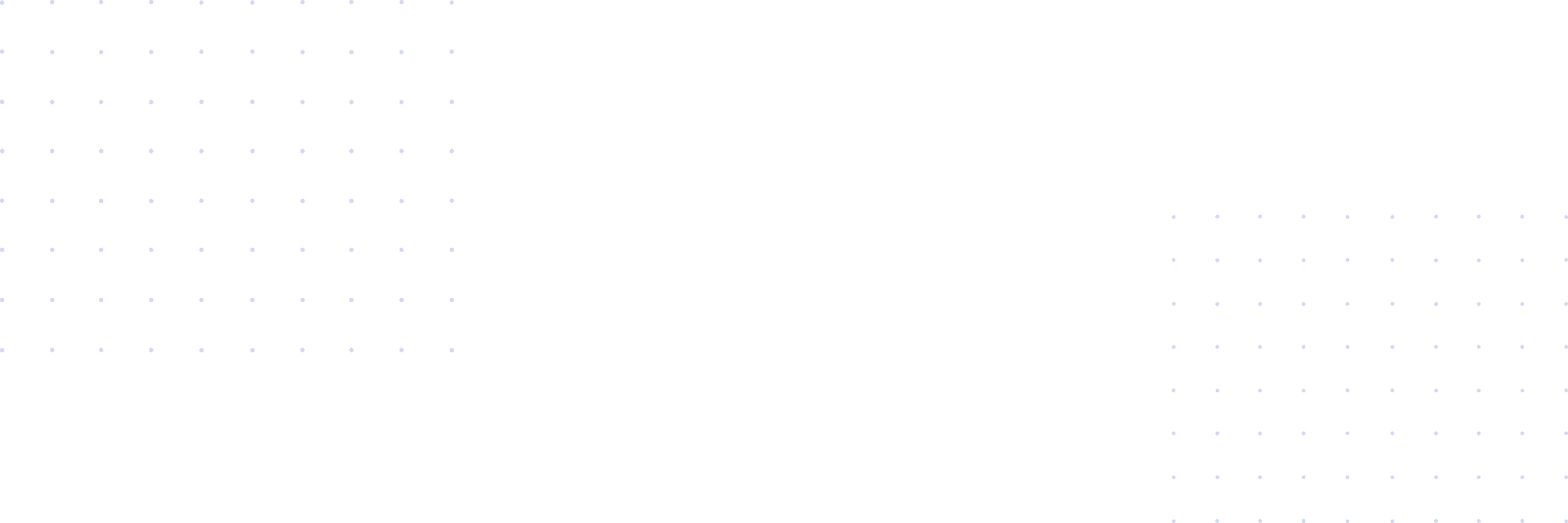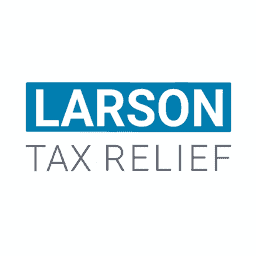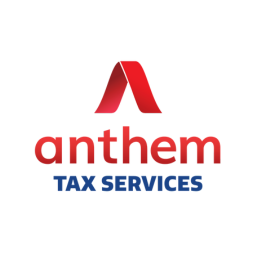Are you experiencing financial challenges? Do you prefer not to use a credit card or take out a personal loan to access the funds you need? A 401(k)hardship withdrawal could be a viable option for you. But first, you should be aware of how they work, along with any rules and limits that may apply. It’s also worth considering the long-term impact they will have on your retirement savings.
What is a 401(k) Hardship Withdrawal?
A 401(k) hardship withdrawal occurs when you draw funds from your 401(k) account. But unlike a 401(k) loan, you won’t repay the amount you pull out over time with interest. Instead, you’ll be subject to federal income tax and an early withdrawal penalty if you’re not yet at least 59 ½ years of age (unless you can prove that the funds were used for a qualified hardship).
How Long Does a 401(k) Hardship Withdrawal Take?
Most plan administrators process 401(k) hardship withdrawal requests within seven to ten business days. This time frame allows enough time for your application and supporting documents to be reviewed and for a decision to be made.
When a 401(k) Hardship Withdrawal Makes Sense
A 401(k) hardship withdrawal may be sensible and allowable by the IRS in these circumstances:
Medical Expenses
Select medical expenses could make you eligible for a 401(k) hardship withdrawal.
Burial or Funeral Costs
Another viable reason to take a 401(k) hardship withdrawal is to cover the funeral expenses and burial costs of a close loved one.
Purchasing Principal Residence
You could also be eligible for a 401(k) hardship withdrawal if you’re planning to purchase a home that will be used as your principal residence and need funds for the down payment.
Education Fees
If you incur higher education tuition or related fees in the next 12 months, you might qualify for a 401(k) hardship distribution.
Avoiding Foreclosure/Eviction
Falling behind on your rent or mortgage payments is never fun, but a 401(k) hardship withdrawal could possibly provide the financial assistance you need to get back on track.
Home Repair After a Natural Disaster
A natural disaster that causes substantial damage to your home can also be challenging to recover from, particularly if your insurance company isn’t cooperating. In the meantime, you may be eligible to take a 401(k) hardship withdrawal to start making costly repairs that would stretch your wallet too thin if you covered them out of pocket.
401(k) Hardship Withdrawal Rules and Limits
Your employer sets the rules for 401(k) hardship withdrawals. In some cases, they’re prohibited until you’ve borrowed the maximum amount from your 401(k). And some employers require documentation from the employee to prove that no other assets are available to cover the financial emergency.
With regards to withdrawal limits, that’s also at the discretion of the employer. However, most will permit you to pull out the amount you need – no more and no less.
Are There Consequences in Taking a 401(k) Hardship Withdrawal?
It depends on your age when you pull the funds. If you’re under 59 ½, you’ll pay federal income tax and a 10 percent early withdrawal penalty to the IRS on the amount you withdraw.
Furthermore, you should keep in mind that you’ll be taking away from your nest egg or retirement account. The funds you pull out can no longer grow tax-deferred or benefit from the power of compounding interest. And if you owe creditors, these funds could also be at risk for seizure as they are no longer protected under your 401(k)
Are There Viable Alternatives to 401(k) Hardship Withdrawals?
As mentioned above, moving money out of your 401(k) account before retirement prevents you from fully capitalizing on the power of compounding interest over time. That said, there are viable alternatives worth considering to get the cash you need before resorting to a 401(k) hardship withdrawal. If you have cash stowed away in an emergency fund, use it as a funding source to cover the unmet financial need.
But if you’re running low on funds and don’t have much saved, a personal loan is another option. You could be eligible for a loan with competitive terms from a traditional bank, credit union or online lender if you have good or excellent credit. Furthermore, there are unsecured personal loan offerings, so your collateral won’t be at risk. If your credit score isn’t that great, you could still be eligible for a personal loan, but with higher borrowing costs in most cases. Still, it beats dipping into your retirement fund to cover a short-term need.
A low-interest credit card could also work in the place of borrowing from your 401 k account. Many come with interest-free promotional periods – usually between 12 and 18 months. So, you can spend what you need and avoid borrowing costs if you’re able to repay the balance before the APR kicks in. And if the card doesn’t come with an annual fee, you’ll essentially be getting a fee-free, interest-free loan.
Also, try adjusting your spending plan to free up room in your budget so you won’t have to dip into your nest egg to get the funds you need. Remember, temporary cuts can result in significant financial benefits in the long run, so don’t be afraid to eliminate unnecessary expenses.
Is There a Way to Minimize Taxes and Avoid Penalties?
Yes, you can opt for a 401(k) loan instead. Just make sure it’s paid off before you leave your employer, or you’ll pay the early withdrawal penalty of 10 percent and federal income tax. Another option is to wait until you’re 59 ½ years of age to take penalty-free withdrawals, assuming you’re still employed.
If you decide to retire early, the IRS allows penalty-free distributions if you’re at least 55 years of age (or 50 for firefighters, police officers and other public safety workers).
Seek Professional Help
Whether you’re planning to take a 401(k) hardship withdrawal or have already done so, a tax relief expert can help you explore ways to minimize taxes and avoid penalties.
Frequently Asked Questions
Below, you will find frequently asked questions regarding 401(k) hardship withdrawals.
If you take out a 401(k) hardship withdrawal, it does not have to be repaid. However, a 401(k) loan works like a traditional loan product. You’ll receive the loan proceeds in a lump, and it will be payable in interest – typically within five years. And in the event your employment ends, the remaining loan balance will be categorized as an early withdrawal subject to income tax and the early withdrawal penalty if you haven’t yet reached 59 ½ years of age.
It depends on the plan administrator. However, 401(k) hardship withdrawals generally don’t require loads of income documentation or an extensive application process to access. Connect with the plan sponsor to inquire about the process of requesting funds and learn whether it can be done online or if you must submit a paper application.
If you’ve exhausted all other options and must use it as a last resort to avoid being dropped from classes, maybe. (The same applies if you’re covering higher education expenses for your dependent). Before you request a 401(k) hardship withdrawal, complete the FAFSA (Free Application for Federal Student Aid) to determine if other funding sources, like student loans, grants or scholarships, are available to you. (If the higher education expenses are for your child or other dependent, he or she should do the same). Also, consider paying a visit to the college or university’s financial aid office to ask about other funding opportunities that could help offset costs.








